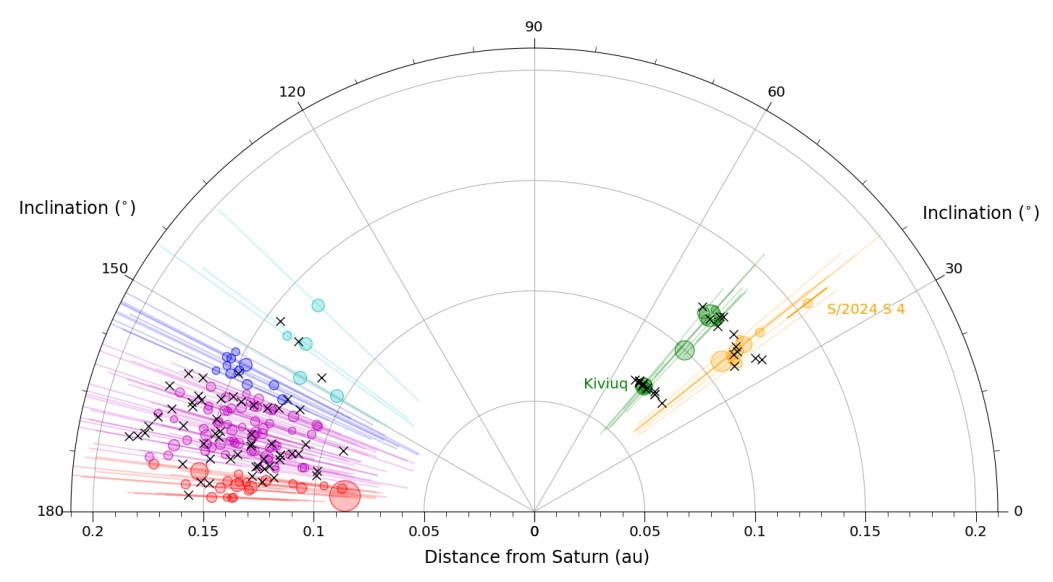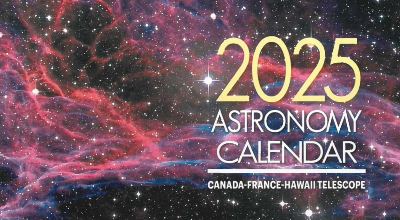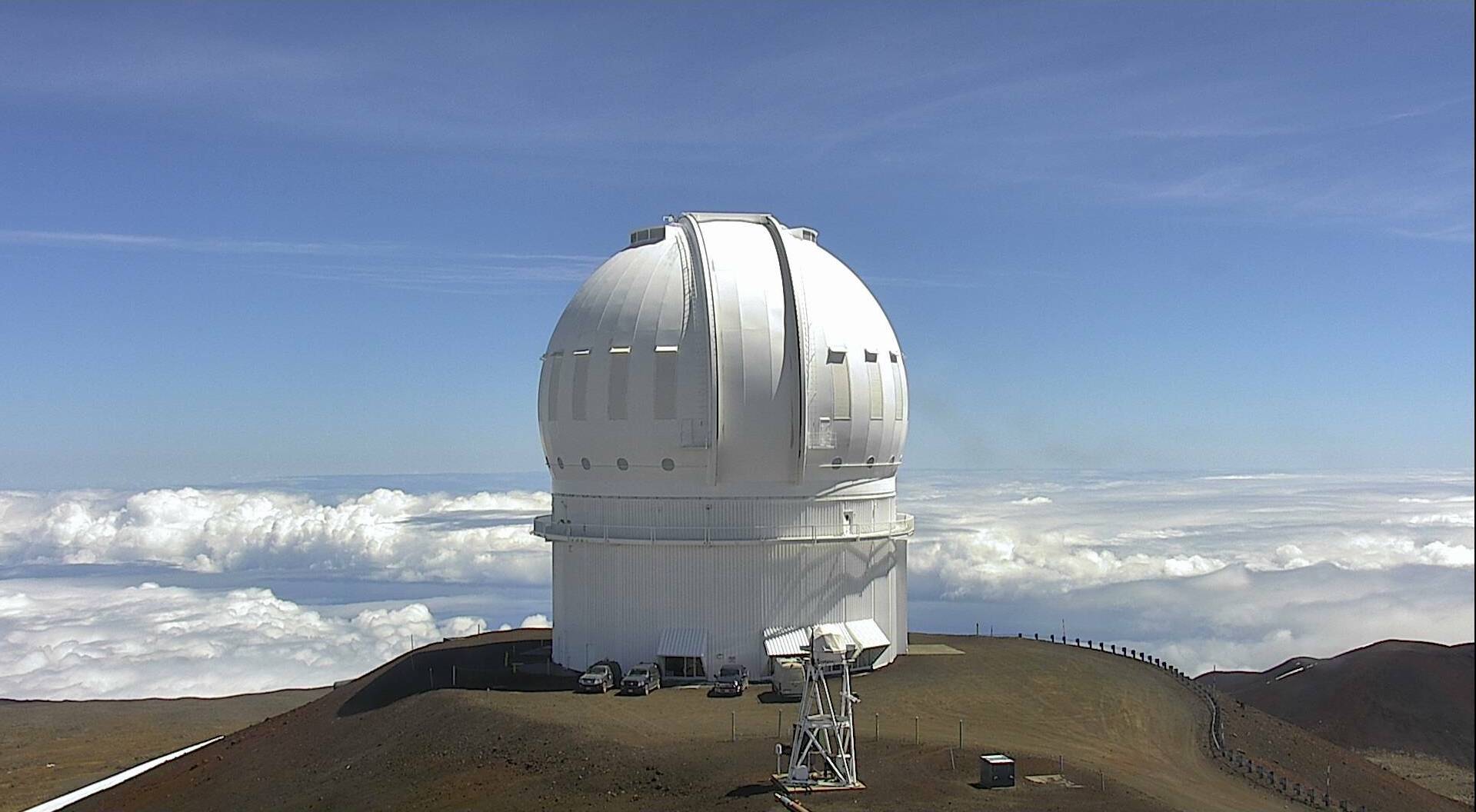CFHT Hoku Blog Article: Asteroid 2018 VP1
by Dr. Richard Wainscoat, University of Hawaii astronomer specializing in NEO reserach.
There have been many news stories in the last few days about asteroid 2018 VP1, which will pass close to Earth on November 2, right before the US election. This asteroid is very small - about 2 meters (6.5 feet ) in diameter, and has only a very small probability of hitting Earth (0.41% likelihood). Even if it hit Earth, it would almost certainly explode in the upper atmosphere, causing no harm to life, with only pebble sized fragments making it to the ground as meteorites. The only possibility for larger fragments to make it to the ground is if this asteroid is made of iron, and iron asteroids are rare.
Earth is hit by objects roughly the size of 2018 VP1 every few months. So far in 2020, 6 objects similar in size to 2018 VP1 have hit Earth. When objects of this size hit Earth, they produce a fireball, which is a spectacularly bright meteor (or shooting star). Fireballs are recorded by infrasound instruments, as well as by the lighting mapper on GOES weather satellites. A listing of fireballs can be found at:
Center for Nearth Earth Object Fireballs page
The two Pan-STARRS telescopes on Haleakala search the sky every night for objects that might hit Earth in the future. Larger objects rarely hit Earth, but can cause catastrophic damage. If an object is discovered in the future that appears likely to hit Earth, NASA and other space-faring countries may launch missions to deflect the asteroid.
The Canada-France-Hawaii Telescope helps this planetary defense effort by providing follow up observations for Near-Earth Objects that Pan-STARRS discovers. Once an object has been discovered, continuing observations are required over a period of at least 3 nights to determine the orbit of the object, to determine its size, and to determine whether it might come close to Earth in the future. CFHT plays an important role in following up some of the Pan-STARRS discoveries. The excellent image quality of CFHT is particularly important for confirming discoveries of comets. CFHT also played a crucial role in the confirmation and characterization observations of the first interstellar object, `Oumuamua.
The Center for Near-Earth Object Studies at NASA’s Jet Propulsion Laboratory maintains a list of Near-Earth Objects for which impact with Earth is possible in the future.
The list currently contains 1,040 objects (including 2018 VP1), but the impact probability for nearly all of these objects is vanishingly small. Only 3 known objects have a probability of Earth impact of greater than 1% in the next 100 years.
If astronomers are lucky enough to discover a small impacting asteroid before impact, many telescopes will try to characterize it, so that the mineral composition determined from the telescope can be directly compared to meteorite fragments found on the ground. This kind of study can help us to understand the composition and density of other asteroids. In 2008, the Catalina Sky Survey in Arizona discovered asteroid 2008 TC3, 19 hours before impact, and many telescopes studied it in the few hours before impact. The asteroid hit Earth over Sudan, Africa. Meteorite fragments were later recovered.
The main surveys for Near-Earth Objects are Pan-STARRS , on Haleakala, the Catalina Sky Survey , in Arizona, ATLAS, on Mauna Loa and Haleakala, and NEOWISE, a small infrared telescope in space. Each of these surveys is supported by the NASA Near-Earth Object Observations Program , which is part of NASA’s Planetary Defense Coordination Office.







